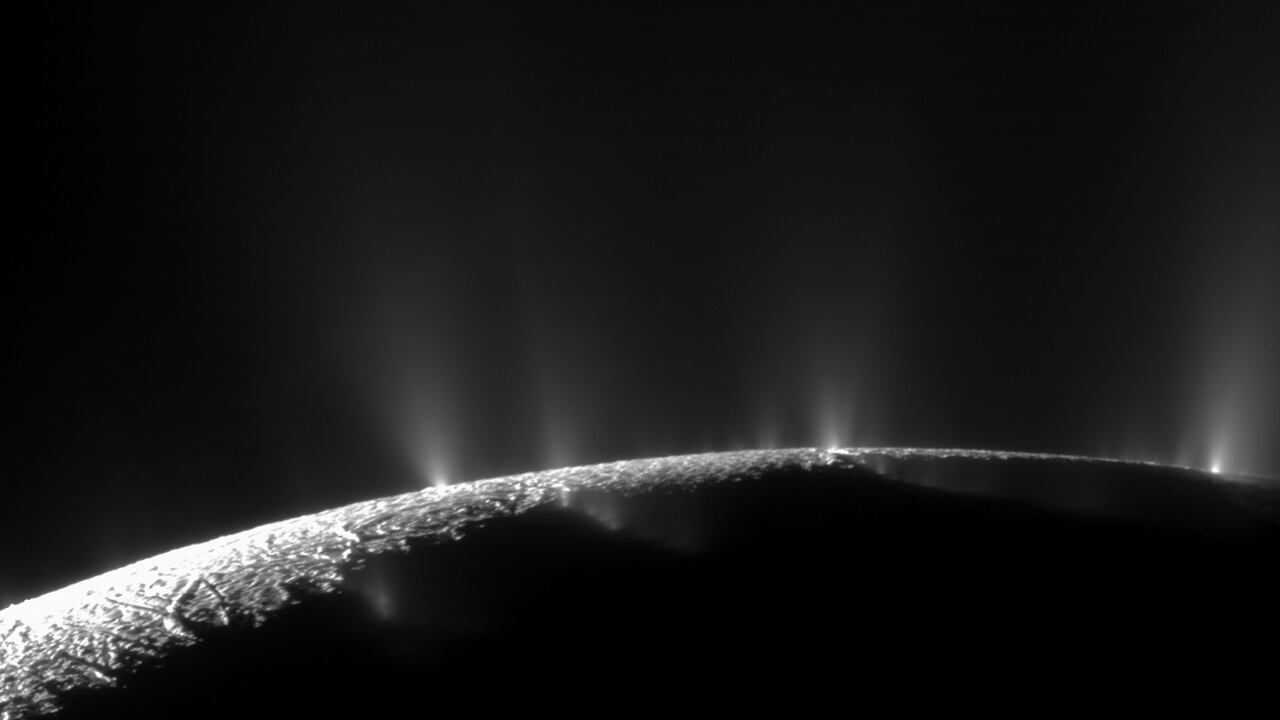Science
NASA
Saturn’s Icy Moon Enceladus Has All the Ingredients Needed to Make Life
CREATIONISM
“It was a serendipitous find.”

Trending Now
Crime & JusticeUnshaven Luigi Mangione Shows Signs of Stress in Court
Crime & JusticeLuigi Mangione Judge Married to Former Healthcare Exec




